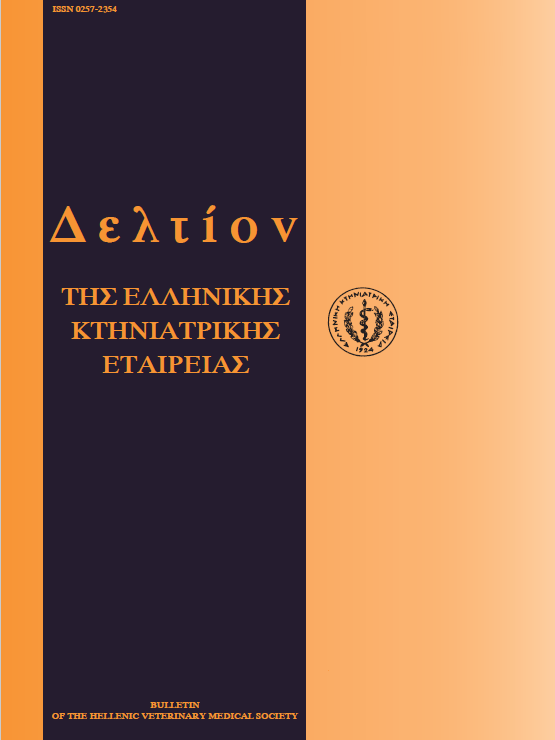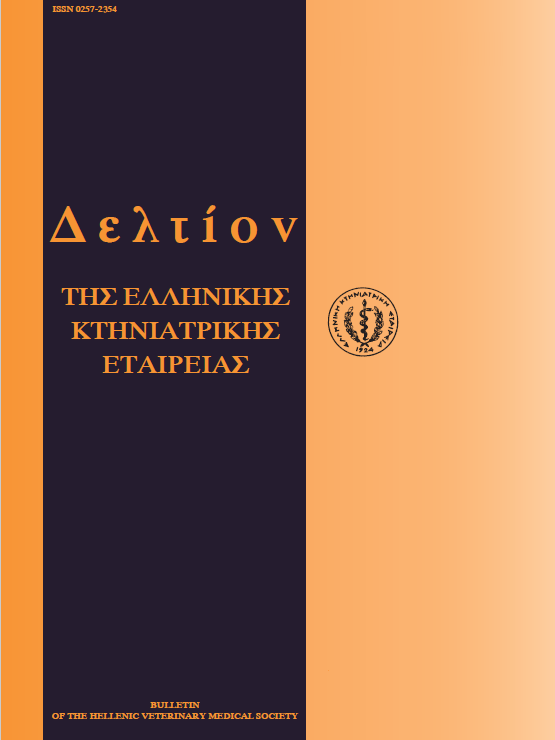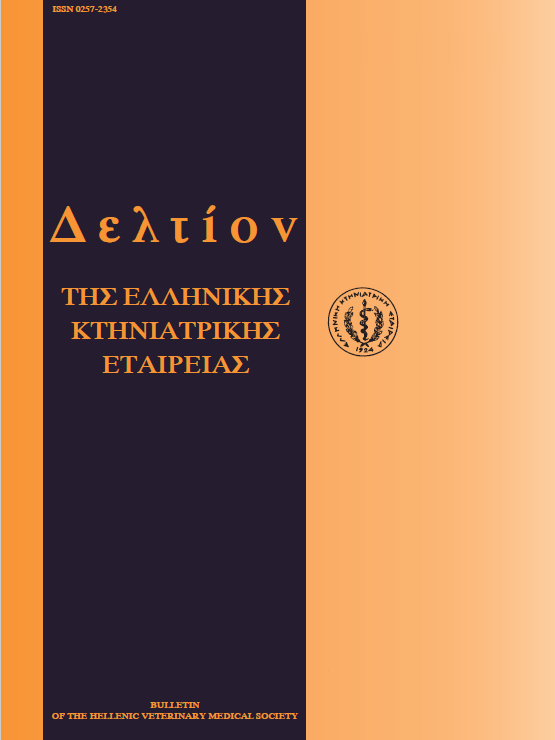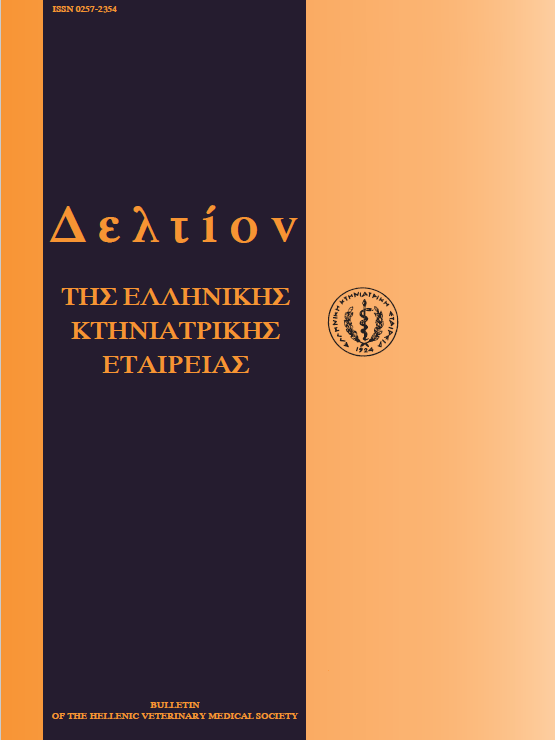The effectiveness and the consequences of the use of recombinant bovine somatotropin
Аннотация
Growth hormone (also known as somatotropin) plays a dominant role on the development and metabolism of mammalians. Since the early 1950's it has been known that the administration of somatotropin in milk productive animals leads to an increase in milk yield. Nevertheless, its high cost of manufacture didn't allow the massive application, until recently. Genetic engineering achieved the production of recombinant bovine somatotropin (bST) and therefore has permitted the commercial use. Numerous of publications confirm a 10-30% increase in dairy cattle milk yield after bST administration. The mechanism of action of bST involves a series of orchestrated changes in the metabolism of body tissues so that more nutrients can be used for milk synthesis. Long-term bST administration has no effects on animal welfare. The reproductive system od bST treated cows seems to be prone to disorders. These disorders have been found to be insignificant. Advanced quality of management is necessary to accomplish maximum bST response in dairy cattle. BST is homologous to that of sheep and therefore can be successfully used in ewes as well. Due to the large number of dairy ewes in Greece, this is of great importance to Greek animal industry.
Article Details
- Как цитировать
-
BROZOS (Χ. Ν. ΜΠΡΟΖΟΣ) C. N., & SARATSIS (Φ. ΣΑΡΑΤΣΗΣ) P. (2018). The effectiveness and the consequences of the use of recombinant bovine somatotropin. Journal of the Hellenic Veterinary Medical Society, 48(1), 9–16. https://doi.org/10.12681/jhvms.15788
- Выпуск
- Том 48 № 1 (1997)
- Раздел
- Review Articles

Это произведение доступно по лицензии Creative Commons «Attribution-NonCommercial» («Атрибуция — Некоммерческое использование») 4.0 Всемирная.
Authors who publish with this journal agree to the following terms:
· Authors retain copyright and grant the journal right of first publication with the work simultaneously licensed under a Creative Commons Attribution Non-Commercial License that allows others to share the work with an acknowledgement of the work's authorship and initial publication in this journal.
· Authors are able to enter into separate, additional contractual arrangements for the non-exclusive distribution of the journal's published version of the work (e.g. post it to an institutional repository or publish it in a book), with an acknowledgement of its initial publication in this journal.
· Authors are permitted and encouraged to post their work online (preferably in institutional repositories or on their website) prior to and during the submission process, as it can lead to productive exchanges, as well as earlier and greater citation of published work.






